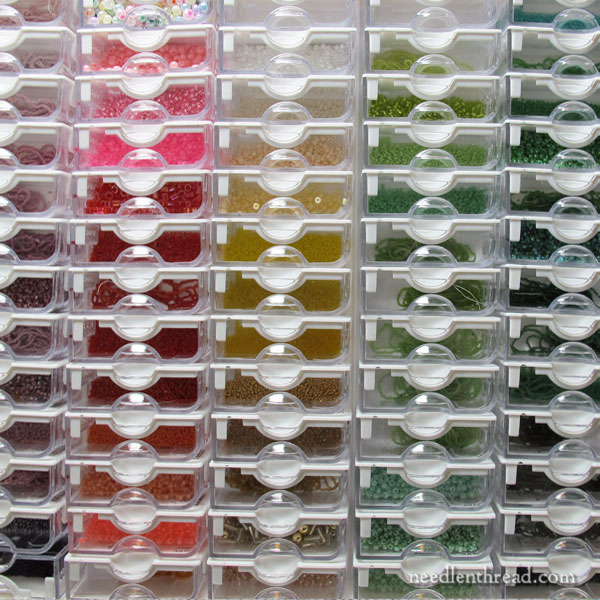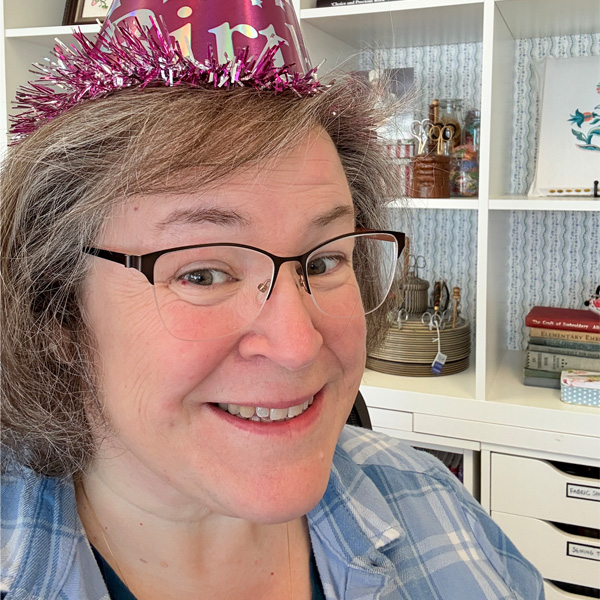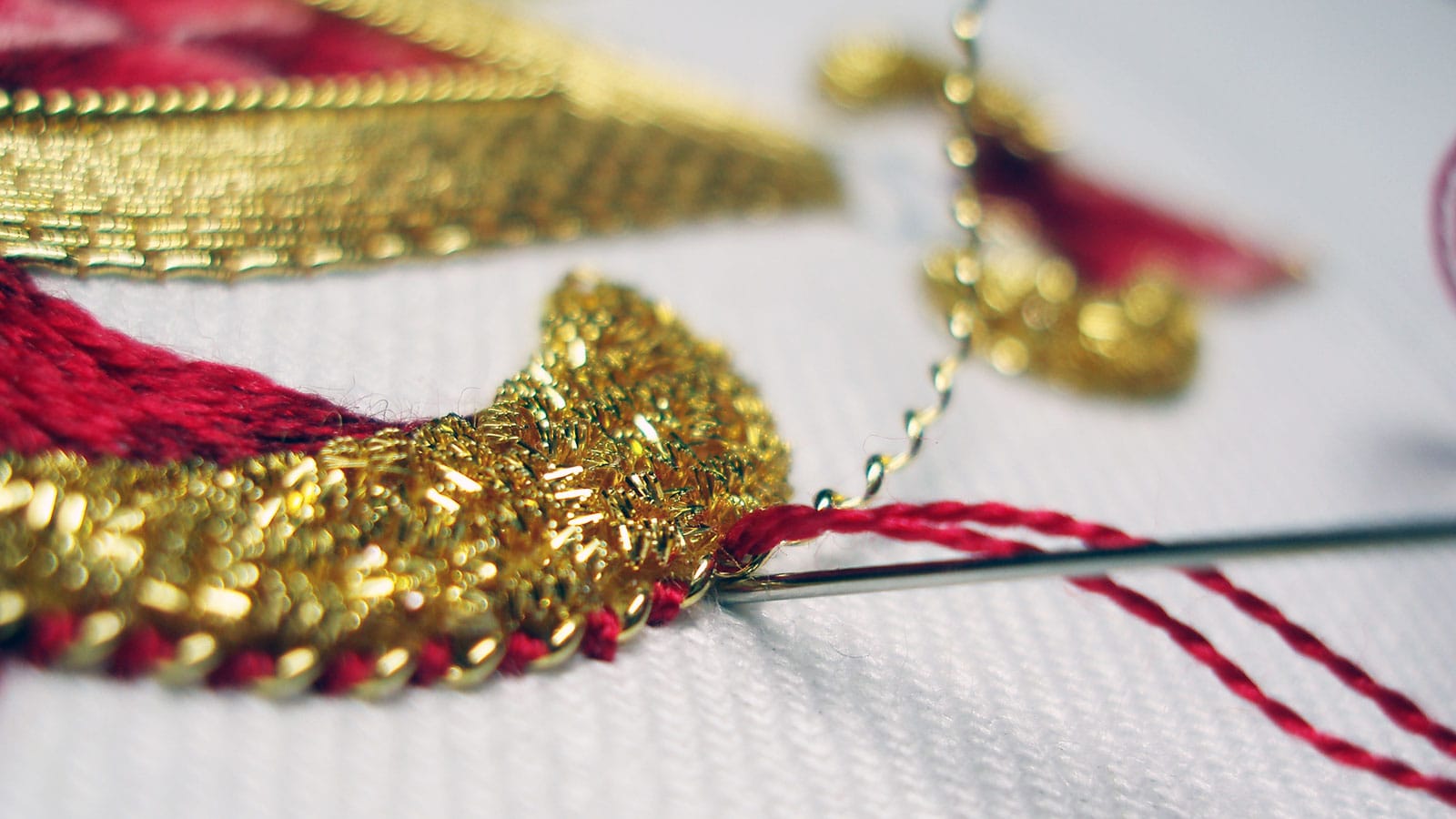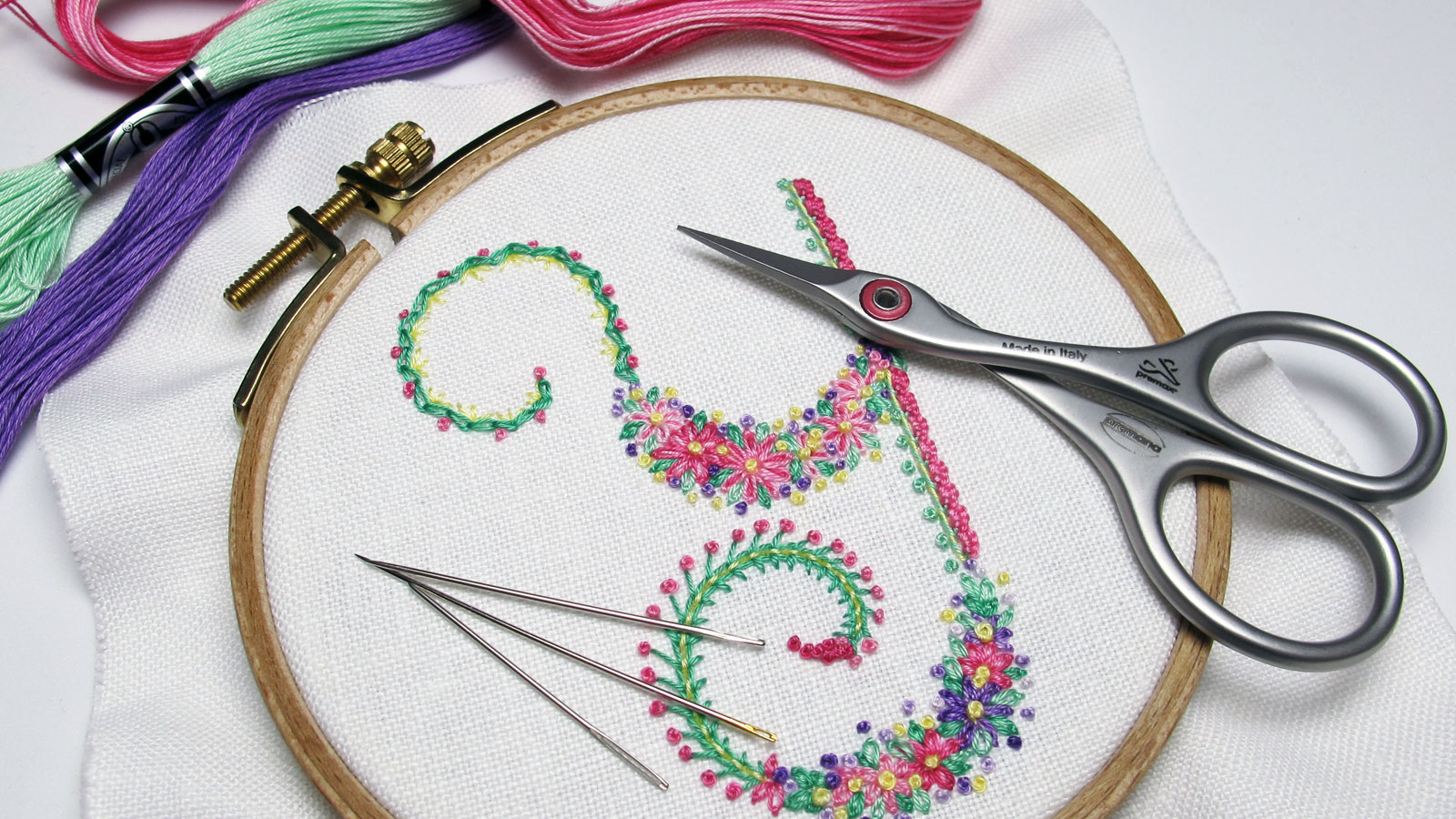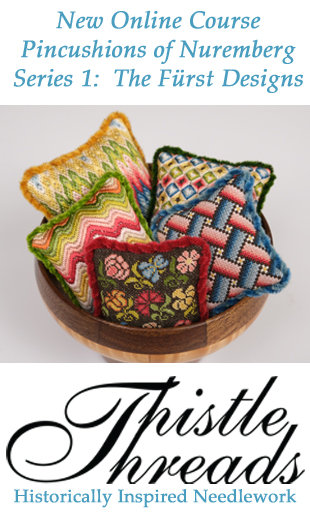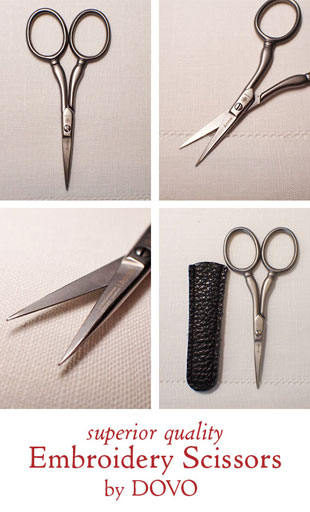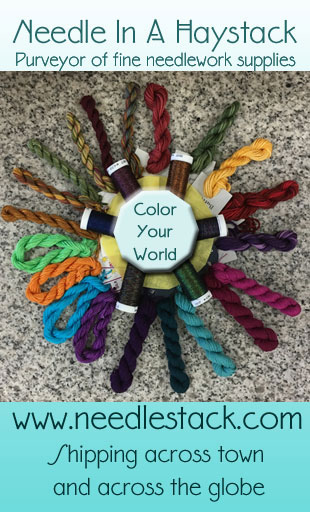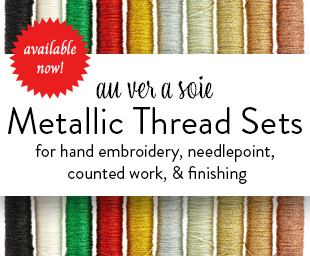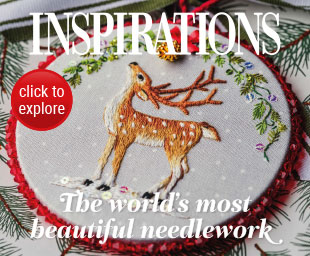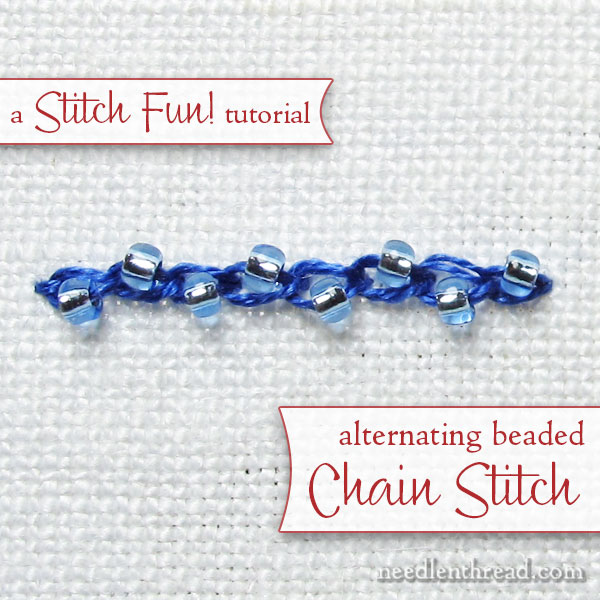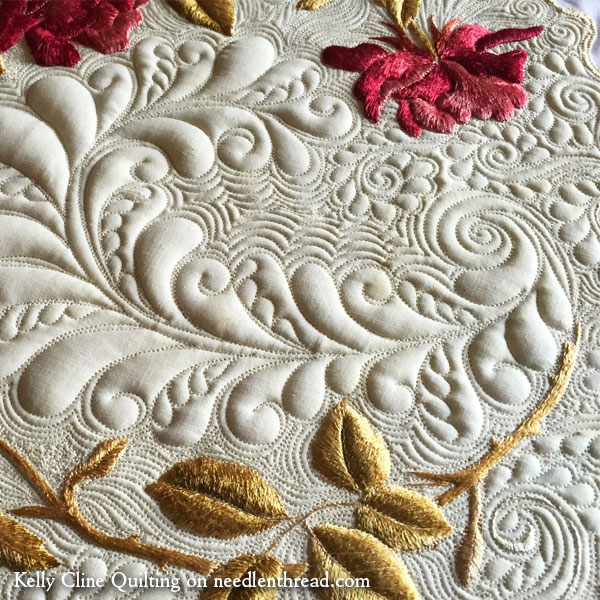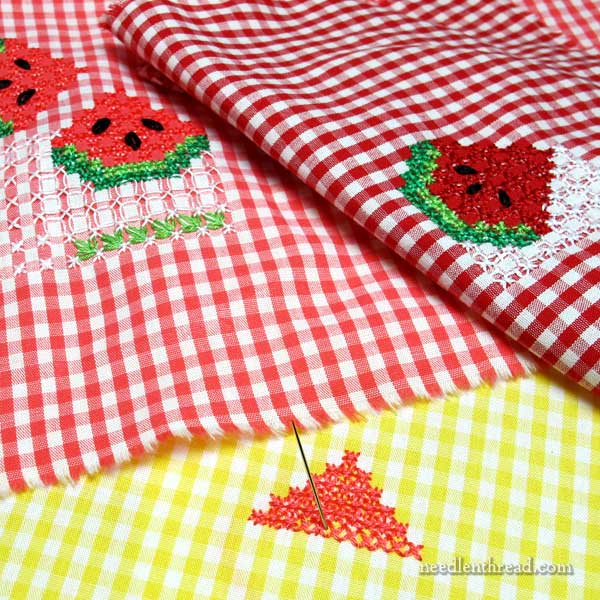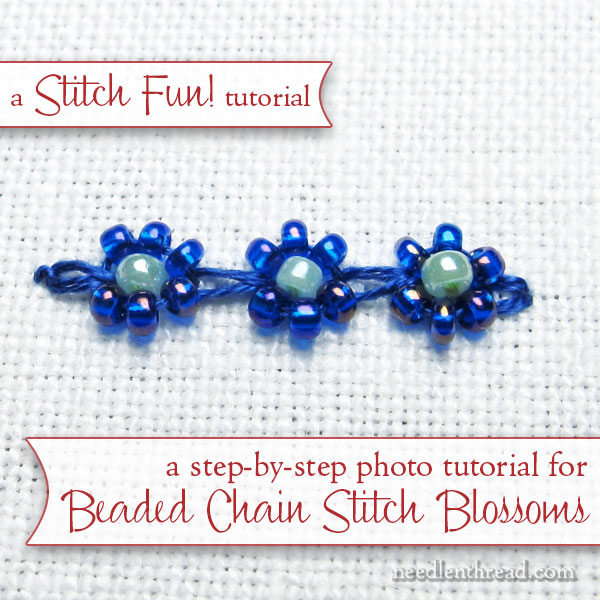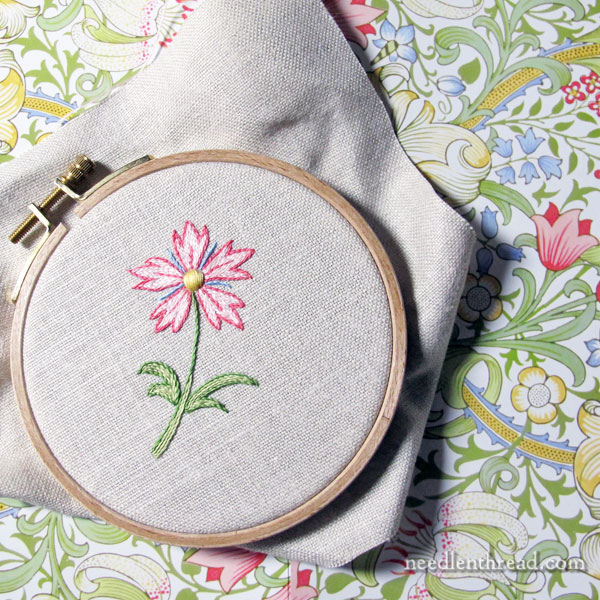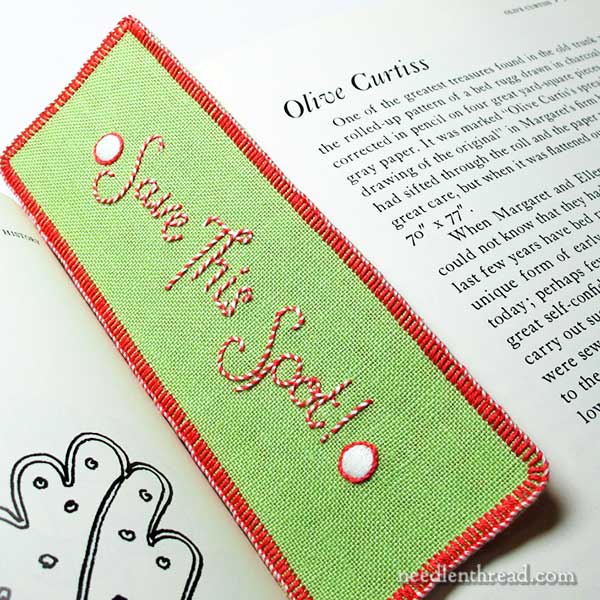July 1, 2015
Organizing Beads for Embroidery
One recurring question that keeps showing up in my inbox ever since we broached the subject of adding beads to embroidery is this:
How do you organize and store your beads?
A month ago, my first reaction to the question was pretty forthright:
Organization? Hahahahhahahahahaha!
It’s not something I’d actually bothered with… until recently.
How did I store and organize beads? In the little ziplock bags they arrive in, or in the tubes and cylinders they’re packaged in, all jumbled together in a box here, a basket there, a larger bag inside that particular box, tossed into this drawer or that drawer.
You get the point: I had no organizational or storage solution for beads until about a month ago.
I finally capitulated. I was fed up with foraging and weary of wondering what beads I have, in what color, size, and type.
